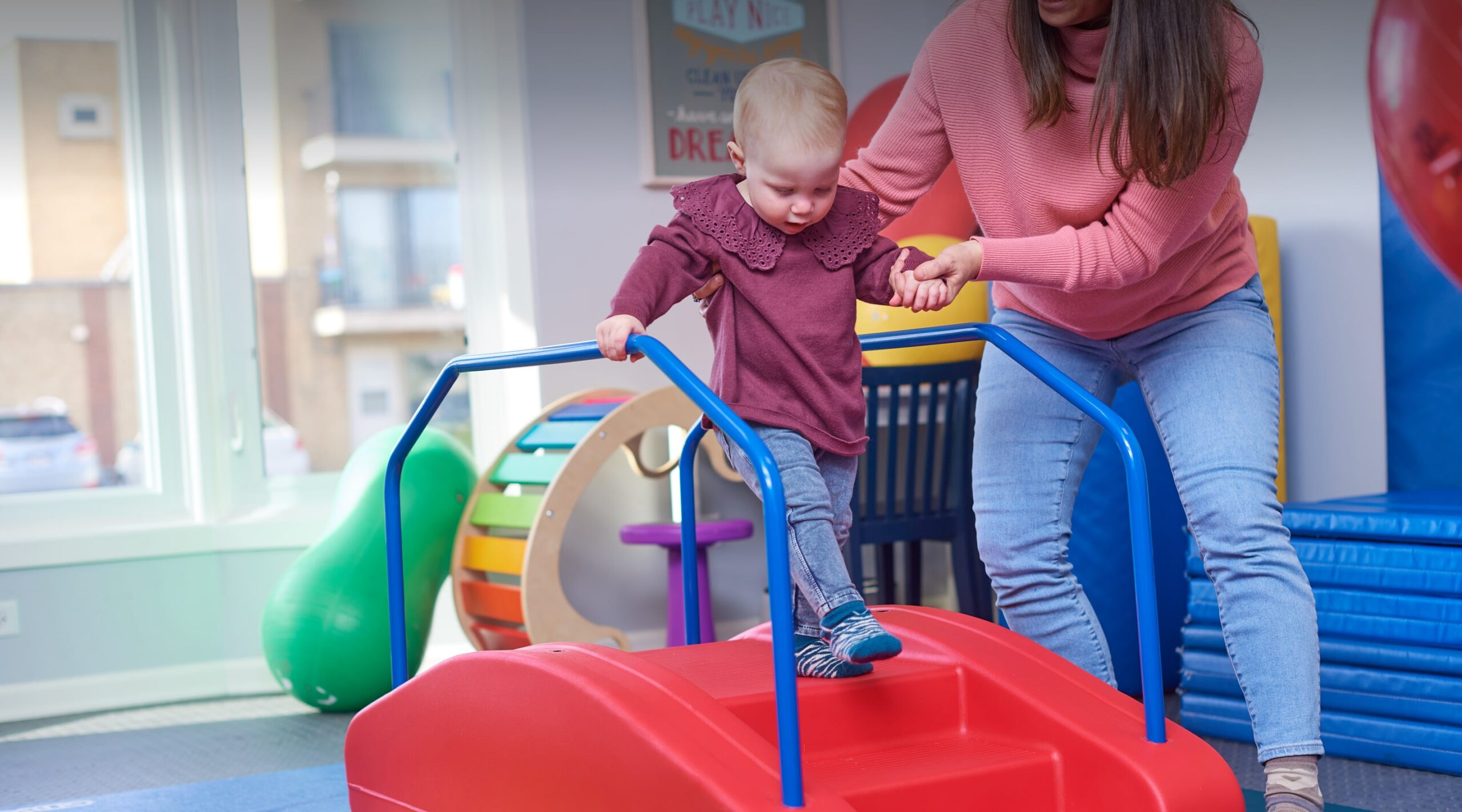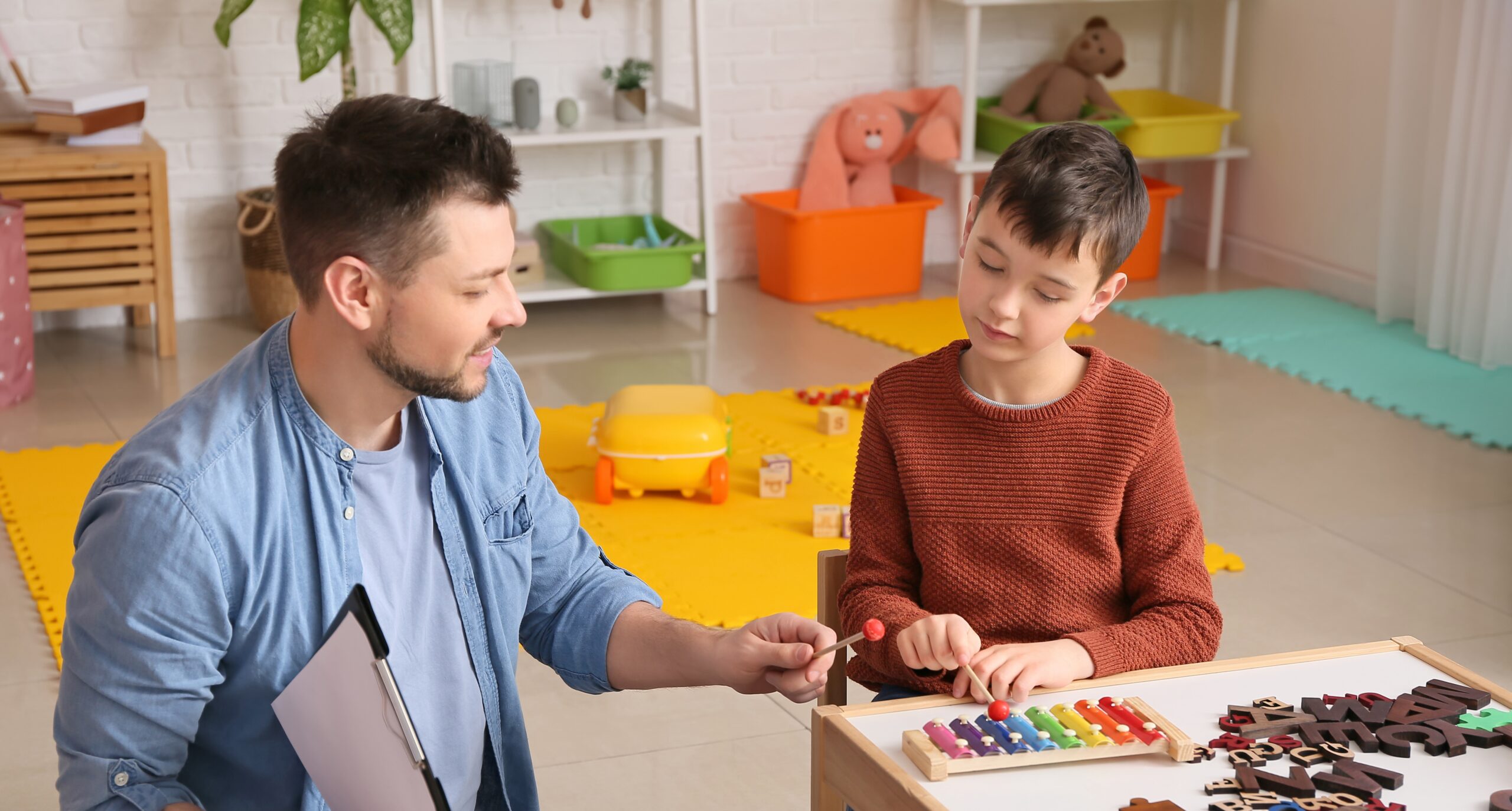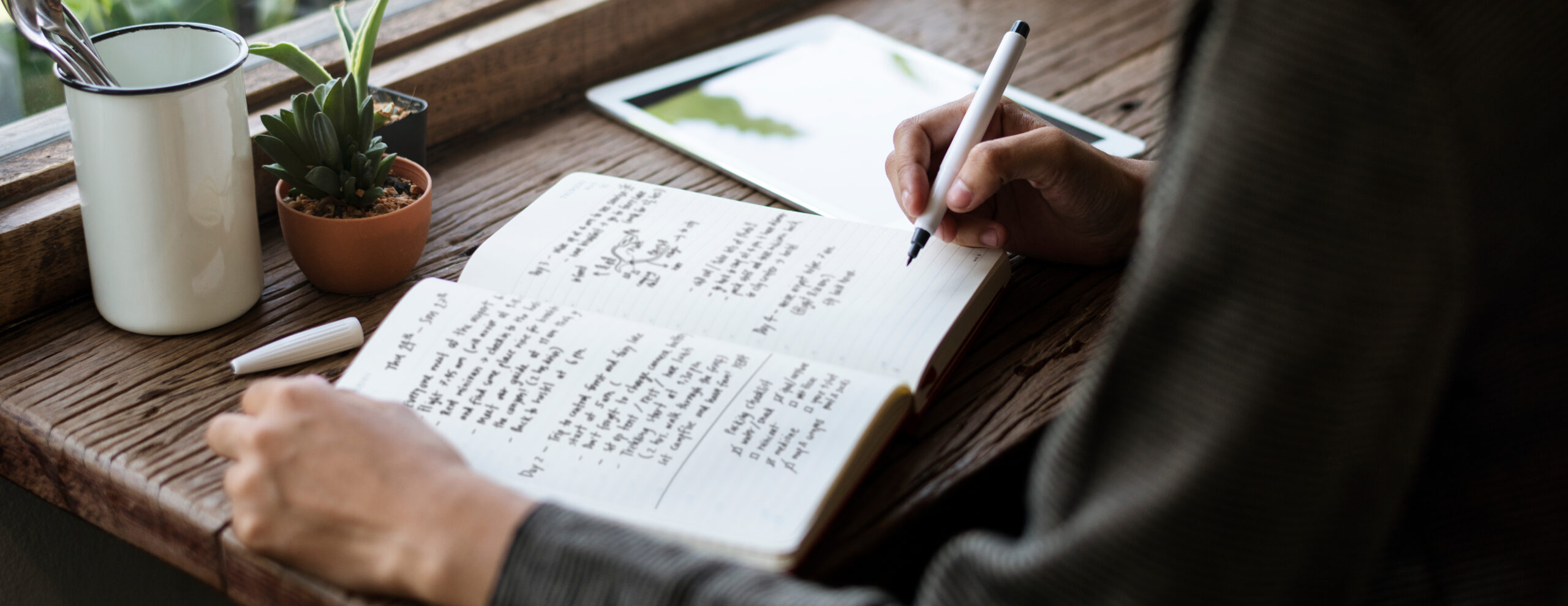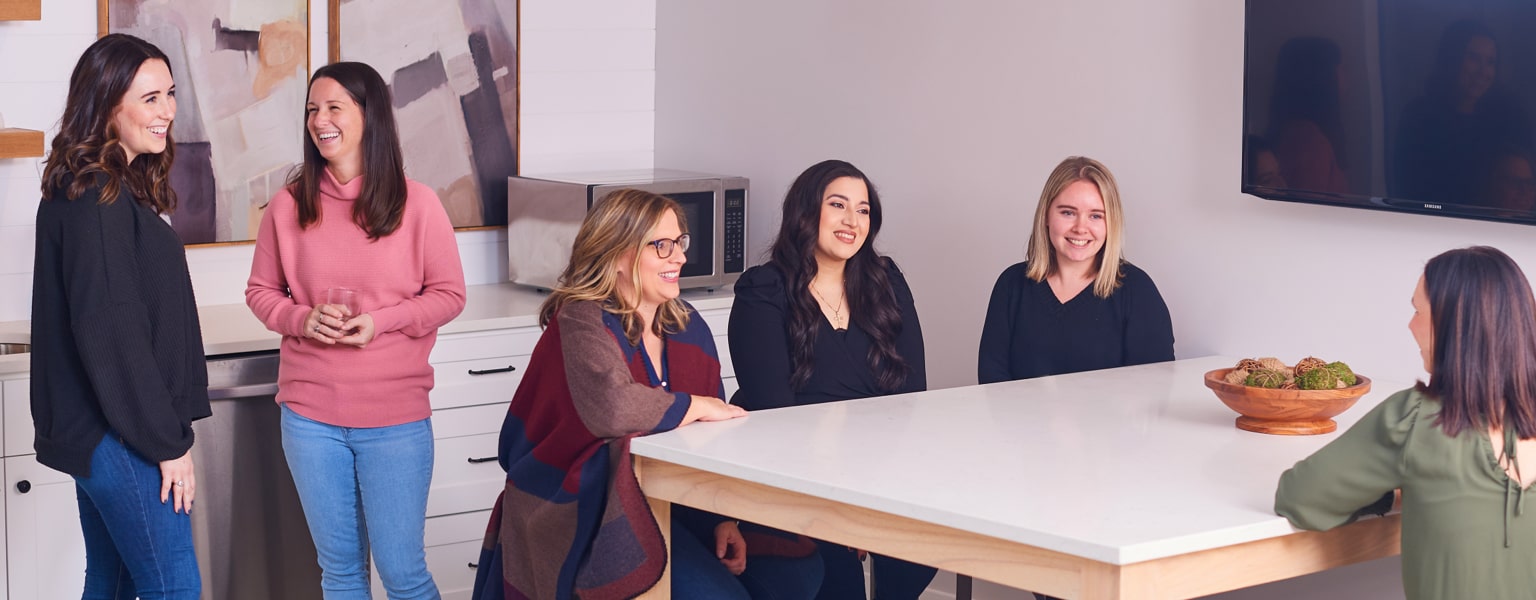Unleashing Potential: Toys That Foster Healthy Childhood Development
October is National Physical Therapy Month, and we are bringing awareness by focusing on toys that promote healthy childhood development.
As we step into the vibrant tapestry of October, a month dedicated to celebrating National Physical Therapy, we are reminded of the crucial role that physical therapy plays in the lives of many individuals, especially children. This specialized form of therapy is designed to help individuals build strength, coordination, and mobility, ultimately enhancing their quality of life. In children, physical therapy often takes on a playful and engaging form to make the experience enjoyable and effective.One powerful tool in the realm of pediatric physical therapy is toys. Toys are not just playful companions but serve as vehicles for promoting healthy development, both physically and mentally. They aid in nurturing fundamental skills like balance, coordination, muscle strength, and overall motor skills. In this blog, we embark on a journey to explore toys that go beyond mere amusement, aligning with the goals of physical therapy and fostering holistic growth in children.
In a world inundated with gadgets and screens, incorporating toys that encourage movement, imagination, and creativity is pivotal. These toys not only stimulate physical development but also nurture cognitive and emotional growth. As we dive into this exploration of toys that can serve as catalysts for enhancing a child's well-being, let us unravel the profound impact they can have on a child's developmental journey.
The Power of Play: A Gateway to Health and Development
Play is a child's natural language, and through it, they learn, grow, and discover the world around them. It's a medium through which they experiment, take risks, and develop essential life skills. When it comes to children with physical challenges or delays, play becomes an invaluable tool for therapeutic progress.
Toys, carefully selected to align with a child's specific needs, can transform the process of physical therapy into a joyful and motivating experience. These toys are not just for amusement; they are instruments that aid therapists in achieving therapeutic goals while ensuring that children remain engaged and excited about their progress.
One of the fundamental aspects of using toys in physical therapy is the element of motivation. Children are naturally drawn to colorful, interactive toys that pique their interest and curiosity. When these toys are integrated into therapy sessions, they motivate children to participate more actively, thus enhancing their level of engagement and willingness to put in effort.
Moreover, toys designed for physical therapy purposes often incorporate movements and activities that are carefully tailored to address specific developmental challenges. For example, toys that encourage reaching, grasping, standing, or walking can significantly contribute to a child's motor skill development, helping them achieve important milestones.
It's also important to highlight the social aspect of play during therapy. When children interact with these toys, they often engage with peers or therapists, facilitating social interaction and communication. This adds a layer of social development to their overall progress.
As we delve into the realm of toys that promote health development, let's emphasize the significance of incorporating these tools into the lives of children who may face physical challenges. By understanding the benefits of such toys for each skillset, we can advocate for their widespread use and contribute to the enhancement of pediatric physical therapy practices. Here are some of our favorites:
Black-and-White Rattle
This is a recommendation for young infants. Black and white are the initial colors that infants can perceive due to their developing eyesight. This rattle is designed to be small enough for a very tiny hand to grasp intentionally or reflexively. While this is a specific toy, any small, black-and-white plush object would be suitable.Red-and-Yellow Rattle
Another recommended rattle is this giraffe-shaped toy. Following black and white, infants can perceive reds and yellows quite well. The toy's compact design allows a baby's hand to easily grasp it, and it produces sound with either random or purposeful movements.Easy-to-Grip Ball
This ball is a joy to hold and play with due to its easy-to-grip design. It's a personal favorite of ours, as it's perfectly suited for babies of all ages, allowing them to effortlessly grasp and explore it, even bringing it to their mouths—a common reflex in early childhood exploration.The vibrant colors of this ball, featuring a delightful combination of red and yellow, add to its appeal and sensory stimulation for the baby. These bright hues not only capture a child's attention but also contribute to their visual development, making playtime an engaging and educational experience.
Shape Sorter
A shape sorter is a personal favorite among rehab professionals, including our group of experts. This one is made of wood, although some individuals prefer plastic alternatives due to ease of cleaning. It is suitable for smaller children, featuring large pieces that mitigate choking hazards. The top of the box can be opened for effortless piece placement, and as the child grows, they can progress to closing the box and focusing on identifying shapes and correctly placing them. This toy is excellent for enhancing fine motor control.Cause-and-Effect Toys
This toy falls under the category of cause-and-effect toys, designed to engage a child's curiosity and understanding of cause-and-effect relationships. It features an array of buttons that, when pressed, cause the delightful surprise of an animal popping up. The vibrant and eye-catching colors of this toy add to its appeal, capturing a child's attention and making playtime even more exciting. It's worth noting that there are numerous versions of this toy available, each offering its own unique and enjoyable experience, making it a versatile choice for little ones.
Push Toy
We refer to this type of toy as a "push toy," designed to aid in a child's early mobility and development. Many years ago, baby walkers were popular, featuring a structure with wheels in which a baby could be placed. However, research showed that these walkers didn't contribute positively to overall development and were potentially unsafe.In contrast, push toys like this one provide valuable support for new standers and babies in the process of learning to walk. They encourage and strengthen a child's motor skills, coordination, and balance. However, one drawback of this particular push toy is its lightweight nature, which can make it a bit challenging for a baby who is still in the early stages of learning to pull up and stand. Placing it against a couch or a wall can offer additional stability for the child to grasp and maneuver the toy.
Alternatively, a toy shopping cart is another excellent option that can provide more weight and stability for the baby. By placing objects in the cart, it not only adds resistance for the baby to push against but also helps in refining their motor skills and fostering a sense of balance and coordination. This variation with added weight and stability can further aid a child in gaining confidence and mastering the art of walking.
Ride-On Toy
We find this toy particularly appealing for younger kids due to its versatility. They can enjoy pushing it while walking behind or even sit on it and use their legs to propel themselves forward, engaging in different forms of play. Such a toy not only aids in physical activity but also supports coordination by requiring the child to practice mounting and dismounting independently. This action enhances their spatial awareness and motor planning skills, vital for their overall development.
Additionally, some versions of this toy come with a designated "trunk" or storage space where objects can be placed. This feature allows for additional weight to be added, providing a valuable workout for the child as they engage in pushing and pulling, all while enjoying collecting items during playtime. This not only adds a fun dimension to their play but also encourages a sense of responsibility and organization as they gather their chosen items within the trunk.
Jump Rope
A classic and versatile plaything, the jump rope is a timeless favorite that caters to a wide range of ages. Older children can embrace the traditional art of jumping rope, honing their agility, endurance, and rhythmic skills. On the other hand, for the little ones, the jump rope transforms into a valuable tool for practicing stepping over or jumping over, serving as a fundamental aid in improving their coordination and motor skills.Moreover, this humble accessory can serve as a makeshift balance beam, allowing children of all ages to engage in balance exercises, enhancing their stability and core strength. By incorporating various activities with a simple jump rope, children not only have a blast but also reap the benefits of physical activity, promoting overall well-being and development in a fun and engaging manner.
Basketball Hoop
This tool is excellent for introducing ball skills to young children. As the child grows older, you can incorporate jumping and coordination exercises to assist them in mastering the technique of making baskets. Many of these units are adjustable in height to accommodate a child's growth in both age and height. Additionally, they often come in larger boxes that can double as a fantastic toy or storage space, adding to their versatility and practicality.Trampoline
Jumping on a trampoline is an enjoyable activity suitable for all age groups. This trampoline is compact, designed for indoor use, ensuring endless fun within the confines of your home. Personally, I have concerns about larger outdoor trampolines, having witnessed injuries associated with their use.For younger kids who may struggle with balance during jumping, there's a smaller version of this trampoline equipped with a handle, providing extra support and stability.
Furthermore, integrating a variety of these toys designed for older children can create an exciting obstacle course, enhancing gross motor control, strength, and balance. The possibilities for combining these toys are vast, and they offer a great way to encourage physical development and coordination. As time goes on, an abundance of new toys and tools continue to emerge, contributing to child development. In moments of uncertainty, a large box can spark creativity, offering endless possibilities for imaginative play and skill development.
Enhance Your Child’s Development with Purposeful and Fun Toys
Playtime is always a learning experience, and toys designed to stimulate various aspects of cognitive, motor, and emotional development help children hone critical skills and cultivate their imaginations.By incorporating toys that encourage problem-solving, communication, and physical activity, parents and caregivers can effectively shape a child's cognitive abilities, emotional resilience, and social competence. These toys not only facilitate mental growth but also foster physical strength and coordination, setting a strong foundation for their future endeavors.
Making playtime both fun and productive is a delicate balance. It's about selecting toys that captivate a child's interest while encouraging constructive play. Fun-filled play experiences that also offer opportunities for learning equip children with essential life skills and prepare them for academic and social challenges.
Professional insights and expertise can provide valuable assistance in selecting the best toys tailored to your child's unique needs. Remember, the right toys can turn playtime into an educational and enjoyable journey, shaping a bright and promising future for our little ones. Check out the toys featured in this blog and more here.
For any questions, concerns, or further guidance on choosing the right toys for your child's development, don't hesitate to reach out to the experts at Trestle Therapy Group.



